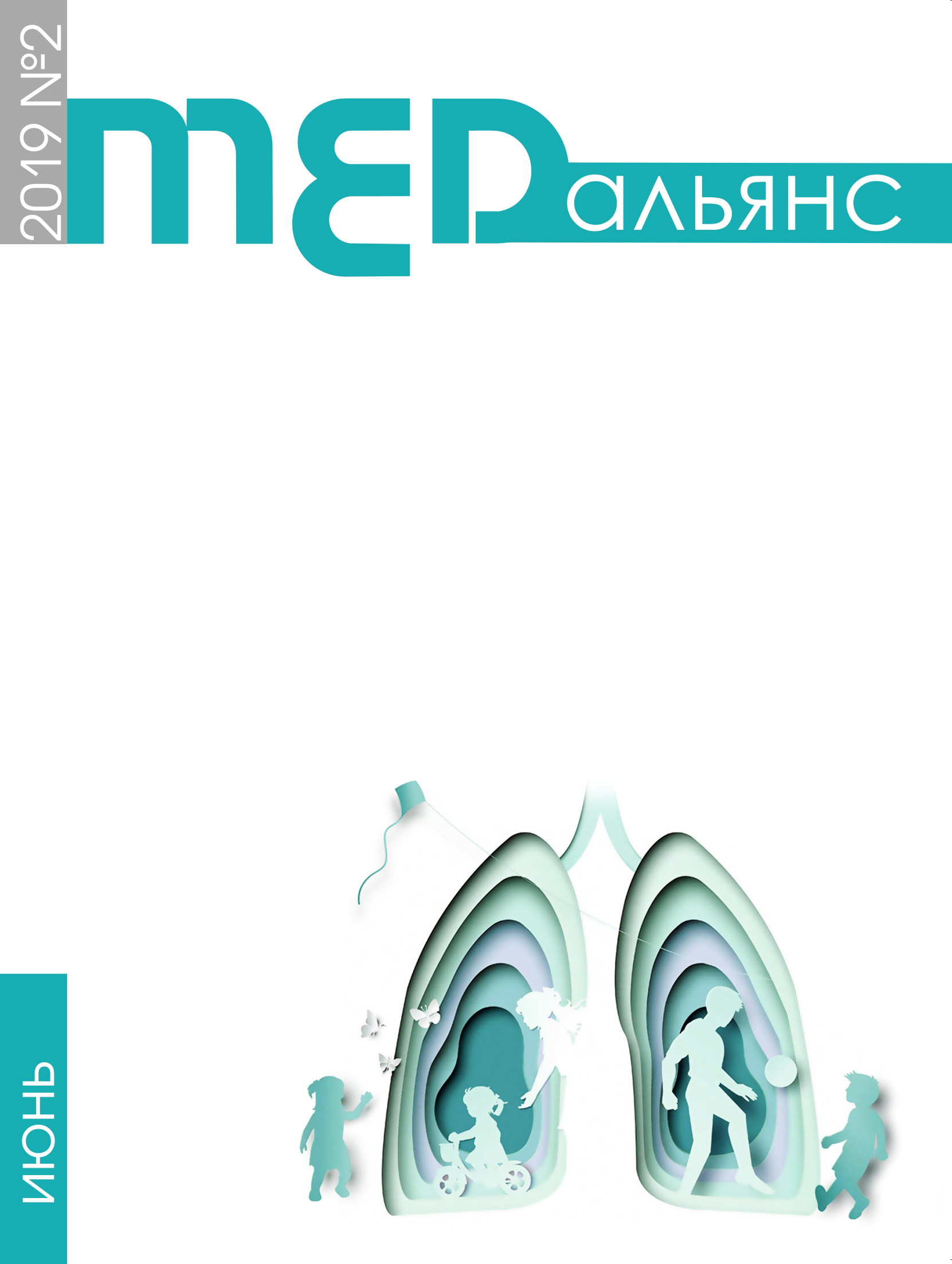Abstract
Summary The aim of the study: comparative analysis of reparative histogenesis of the different methods of treatment of extensive purulent wounds of soft tissues (using hydroxyapatite collagen composite in complex treatment of purulent wounds of soft tissues and application of the autodermoplasty). Materials and methods. On 75 Mature male rats of the Wistar line weighing 180-200 gr. we created a model of a skin-muscle purulent wound with an area of 20?20 mm by cutting the skin on a stencil in the interscapular area. The wound was infected with Staphylococcus aureus at a concentration of 107 colony forming units per 1 ml (CFU/ml). After creating a model of skin-muscle purulent wound experimental animals were divided into three groups: the first group animals treatment is not received 2-3 the animal groups were treated with the use of gauze bandages with water-soluble ointment «Oflomelid» up to 10 days of the experiment. After the elimination of infection and wound cleansing of necrotic tissue and plaque fibrin animals of the second group to close damage to the skin autodermoplasty was performed, for the treatment of animals of the third group used a complex treatment with the use of the composite material. The experimental material was studied using review histological, immunohistochemical, bacteriological and morphometric methods. Results. It was found that the degree of inflammation severity among experimental animals of the 2nd and 3rd groups was higher in animals of the 2 group. In terms of 7 to 30 days in the wound bed of leukocytes dominated lymphocytes, except they were determined macrophages, neutrophils, plasmocytes. The flap was rejected for the fourth week in half of the experimental animals of the second group. The analysis of histological preparations of the third group showed that angiogenesis, active migration of cellular elements of blood and connective tissue was observed on the 14th day in the space filled with composite material. On the background of the formation of a new connective tissue from 14 days marked biodegradation of composite material «Litar». Conclusion. When you run the autodermoplasty in one third of cases on the background of a pronounced leukocyte infiltration occurred tearing away the flap. The best results of treatment were in animals of the third group. The use of composite biodegradable material «Litar» in the complex therapy of extensive purulent wound stimulated angiogenesis, proliferation and cytodifferentiation of cellular elements of connective tissue and skin epithelium, provided organotypic wound regeneration.

